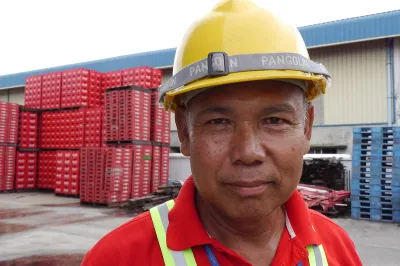Paper
Outreach and Sustainability of Member-Based Rural Financial Intermediaries in Latin America: A Comparative Analysis
Can credit unions and village banks co-exist in Latin America?
This paper studies the case of rural Latin America, which is a huge market for financial intermediation because of a high degree of income inequality. However, delivering sustainable financial services in the region has become tricky due to low population density as compared to the other regions of the world.
Some financial institutions have tried to overcome this impediment by adopting a member-based methodology through:
- Credit Unions;
- Village Banks.
The paper argues for the usefulness of the two member based institutions given their better understanding of the local sensibilities and the credit worthiness of the clients.
The paper:
- Compares the two parameters - outreach and sustainability, of the two methodologies by studying five institutions in Latin America;
- Describes the structure, regional characteristics , operational areas and contrasts the outreach and sustainability of the two types of institutions in terms of:
- Depth of Outreach Index(DOI) measure of outreach;
- Subsidy Dependence Index(SDI) a measure of institutional stability.
- States that the credit unions tend to have a higher degree of sustainability while the village banks have a greater depth of outreach.
Finally, the paper concludes that:
- Outreach and sustainability are not mutually exclusive goals the credit unions and the rural banks can:
- Harmoniously co-exist and acquire appropriate degrees of outreach and sustainability with different institutional objectives;
- Provide different financial products.
- The credit unions can serve a more heterogeneous clientele and experience a higher scale, whereas the rural banks can attain sustainability through experience and by promoting innovation and reaching economies of scale.
About this Publication
Published


